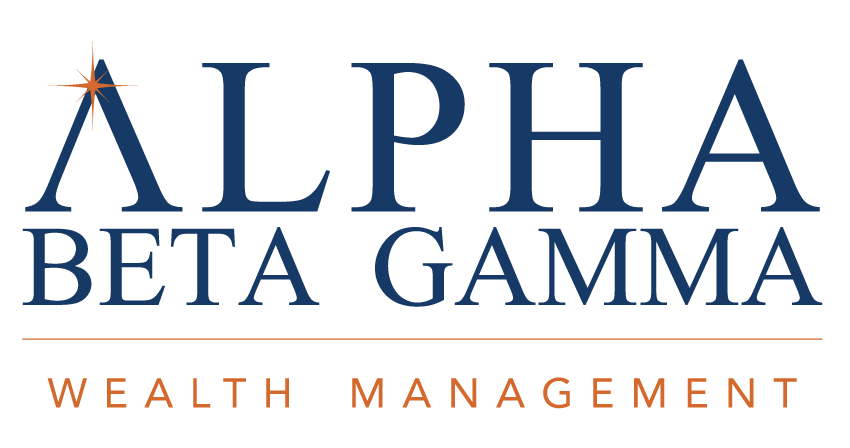 The Rules Are Changing For Your 401(k) In 2020
The Rules Are Changing For Your 401(k) In 2020
If you’re still working and contributing to a 401(k) or similar workplace retirement plan, there is some good news for the upcoming year.
If you’re under age 50, the amount you can contribute to your 401(k), 403(b), most 457 plans and the federal government’s Thrift Savings Plan is now $19,500 for 2020—a $500 increase over 2019. Additionally, for those who are age 50 or over by December 31, 2020, the catch-up amount is now $6,500, up by $500 (and the first increase since 2015).
Keep in mind that you can still put away an additional $6,000 in an IRA—$7,000 for those age 50 or older. As always, these contributions can be made up until tax day, April 15, for the previous year’s taxes. That plus the new limits mean that an employee who is 50+ can sock away a total of $33,000 in tax-advantaged retirement accounts for 2020.
For Business Owners
For self-employed small business owners, the amount that can be saved in a SEP IRA or a solo 401(k) goes up from $56,000 to $57,000 in 2020, if all requirements are met. The limit on SIMPLE retirement accounts goes up from $13,000 to $13,500 in 2020 (plus $3,000 if you’re 50+). For defined benefit plans—similar to pensions of the past, but now used by high-earning self-employed individuals—the limit on the annual benefit goes up from $225,000 in 2019 to $230,000 in 2020.
Hardship Withdrawal Rule Changes
Even though making hardship withdrawals from 401(k) and 403(b) retirement plans will be easier for plan participants in 2020, for most employees, withdrawals should be a last-ditch option if you’re facing financial hardship. This is true especially if you’re under age 59-1/2, when you have to pay taxes plus a 10% tax penalty on the amount withdrawn.
However, it will be easier to start to saving again following a hardship withdrawal. Prior to 2020, employees who took a hardship withdrawal were barred from making new contributions to their plans for six months. Starting January 1st, this is no longer the case.
Also in 2020, employees can withdraw earnings, profit-sharing and stock bonuses rather than just their contribution amounts for 401(k) hardship withdrawals. (NOTE: 403(b) plan participants are still limited to just their contributions.)
Starting in 2020, your employer gets to decide whether you have to take a plan loan first—requiring payback with interest—before taking a hardship withdrawal; it’s no longer mandated by the government, it’s optional. Remember, taking a loan rather than a hardship withdrawal is almost always your best choice to keep your retirement on track.
Hardship Verification and Disaster Relief Rules
Hardship verification standards have been eased; an employer or retirement plan administrator is not required to determine if a hardship withdrawal is necessary by checking cash or assets available—the burden is on the employee to certify that it is.
To take a hardship withdrawal, employees must have an immediate and heavy financial burden or need that includes one or more of the following:
- Purchase of a primary residence.
- Expenses to repair damage or to make improvements to a primary residence.
- Preventing eviction or foreclosure from a primary residence.
- Post-secondary education expenses for the upcoming 12 months for participants, spouses and children.
- Funeral expenses.
- Medical expenses not covered by insurance.
In 2020, a seventh category has been added for expenses resulting from a federally declared disaster in an area designated by FEMA; the agency will no longer need to issue special disaster-relief announcements to permit hardship withdrawals to those affected.
If you have any questions about the new rules for 401(k)s and similar retirement savings plans, please call us! Our mission is to help you achieve your personal financial and retirement goals. Contact Alpha Beta Gamma Wealth Management at (561) 207-6399 in Palm Beach Gardens.
Sources:
https://www.shrm.org/resourcesandtools/tools-and-samples/exreq/pages/details.aspx?erid=1312



You must be logged in to post a comment.